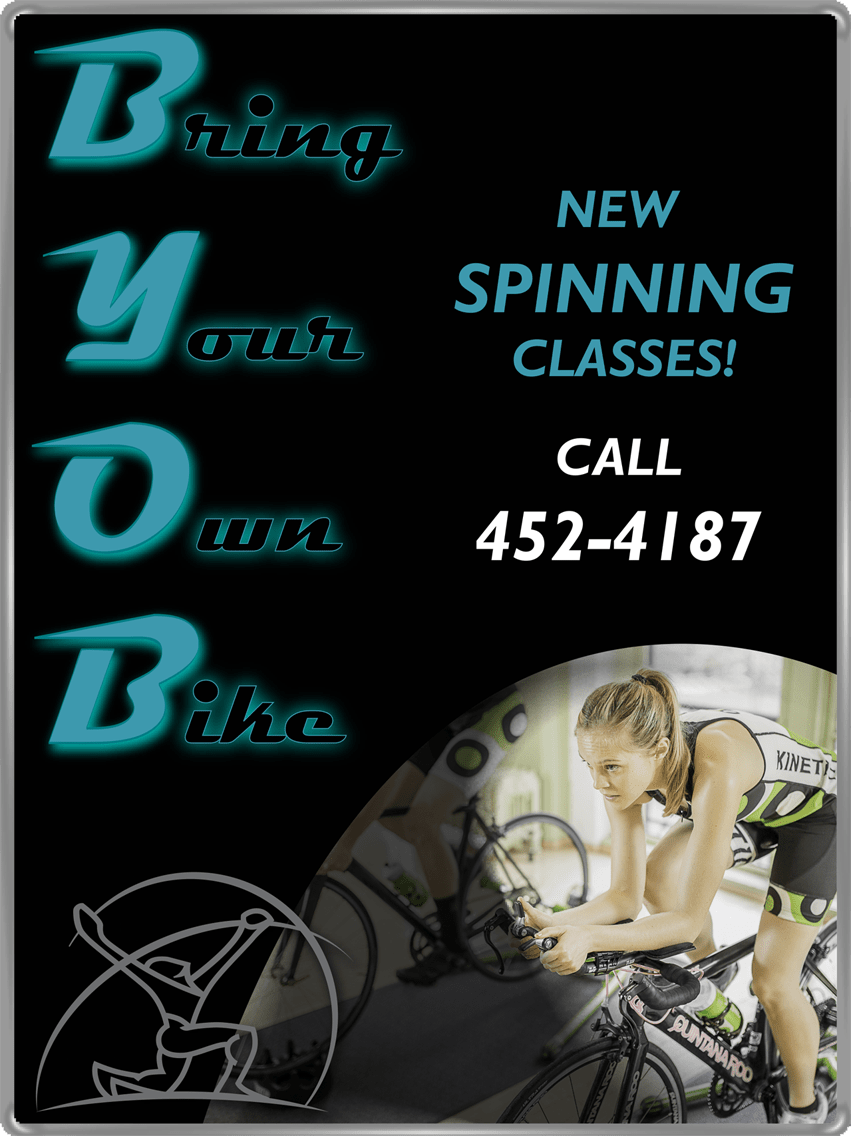FROM THE PROMOPT BLOG

You hear it quite a bit in sports: this athlete is out with a torn ACL. That athlete had a quick recovery from his ACL. But what are they saying? What are the facts about this injury?
ACL stands for anterior cruciate ligament. It is one of the knee ligaments that connect the upper leg bone with the lower leg bone. It lies inside the knee joint. The purpose behind the ACL is knee stability. When an ACL is injured, the bones are more likely to slide around on each other creating instability.
Sports and recreation-related injuries are more common nationwide than injuries from traffic accidents. In fact, they account for 22% of emergency room visits.
Cutting sports like football, basketball and soccer account for the largest percentage of injury. About 250,000 ACL injuries occur annually in the US.
ACL injuries are common in both non-contact (70%) & contact (30%) sports. Most interesting is that specific injury occurrence is 4-5 times higher for women than men. As an example, the injury rate for female soccer players was over two times higher than male soccer players (0.31 vs. 0.13 occurrences per 1,000 athlete exposures). The difference was even greater in basketball, where women were four times as likely to sustain ACL injury as men (0.29 vs. 0.07 respectively).
This is a particularly troubling aspect of this injury. Biomechanical assessments of women demonstrate deficits of the lower chain when testing of in depth jumps or cutting mechanics is analyzed. These deficits can be addressed before they lead to injury.
Tom Brady, Adrian Peterson, Tiger Woods and Lindsey Vonn are just a few of the big name athletes who have missed time recovering from an ACL injury. There are many more names on the list — the names of young men and women whose athletic careers are upended by this injury.
What does the ACL do?
Functionally, the ACL is a sensory ligament, a guiding ligament, and an end range stabilizer. It decelerates posterior roll of the femur on the tibia. It decelerates internal rotation of the tibia relative to the femur. It controls medial glide of the tibia in relation to the femur. In other words, it keeps your knee stable and protects it from excessive, unnatural movements.
The maintenance of joint stability encompasses three main elements: form, force, and control. The form comes from the osseo-ligamentous (bone and ligament) structure. The force from muscular support/strength. And the control from the central nervous system’s governance over muscle. In essence, you get stability with a balance of bone/ligament, muscle, and brain.
What happens?
ACL injuries characterize small tears in the ligaments all the way to full-scale ruptures. ACL injuries are graded based on how much of the ligament is torn. The system moves from a 1 (partial tear) to a 3 (complete tear).
Injuries can occur when there is an abnormal amount of bending and twisting in the knee that occurs secondary to a force applied by an inanimate object or another person (contact injury). A “clip” force at or around the knee such as a posterior lateral tackle in football or soccer is an example. For this reason, torn ACLs occur frequently in sports due to the physical exertion or sudden force inflicted on the knee.
But ACL tears can happen outside of sports if similar trauma occurs to the knee. Falling down stairs or tripping on a sidewalk can result in an ACL tear. Worse yet, many ACL injuries occur when an athlete plants the foot on the ground to decelerate and change directions (non-contact injury). Landing a jump, cutting, one-step stop landing with the knee hyper extended, pivoting, or changing directions accounts for 80-85% of all ACL injuries.
What are the Risk Factors?
Why is this ligament injured so frequently?
Potential factors include boney anomalies such as abnormal bone alignment: hip varus (inward angulation of the hip), knee valgus (outward angulation of the knee), hyperpronation (excessive rotation in the foot), and abnormalities in femoral notch size (the space between the two rounded ends of your femur).
Another factor is neuromuscular control issues. This can emerge in the form of poor deceleration skills or inability to turn on the muscles at the right time.
Additionally, it’s possible that hormones may contribute to the high incidence of ACL tears in female athletes by increasing ligament laxity.
How can you tell if you’ve injured your ACL?
You’ll know right away when you have an ACL injury. It’s usually pretty painful. You might hear a pop when it happens and swelling should come soon after. Most of the time an athlete is unable to continue playing or performing once the injury occurs. There is usually a sense that the leg will not hold the weight of the body.
Typically, the path to recovery involves reconstruction surgery. Most often, this procedure occurs 3-6 weeks after the injury. Reconstruction techniques are now done arthroscopically and involve replacing the torn ligament with a graft. The graft is either taken from the patient’s own body using the hamstring tendon or patellar tendon (auto graft) or an ACL ligament is harvested from a cadaver (allograft). The surgical techniques and rehabilitation procedures have been modernized over the last 10 years leading to quicker recovery times.
Recovery and Prevention
After surgery, rehabilitation begins with 1-4 months of physical therapy on average to get the knee back to full strength.
There now exists evidence to suggest it’s possible to diminish or even prevent ACL injuries with specific neuromuscular/strength training.
There are online programs that can be purchased to help prevent injury. At PromoPT we have designed an ACL program we call ACL-imiTZ. The program is designed to enhance the strength and neuromuscular control of the hip and leg musculature as a means of creating a lower extremity that can more efficiently and effectively decelerate the forces encountered on the playing field, court, or mountain.
If you’ve had an ACL issue in the past or you want to work on preventative measures, let us know. We’d be glad to help!
Be Moved.







